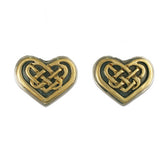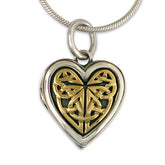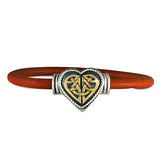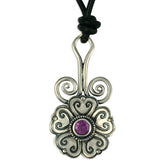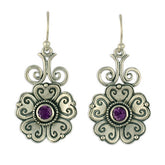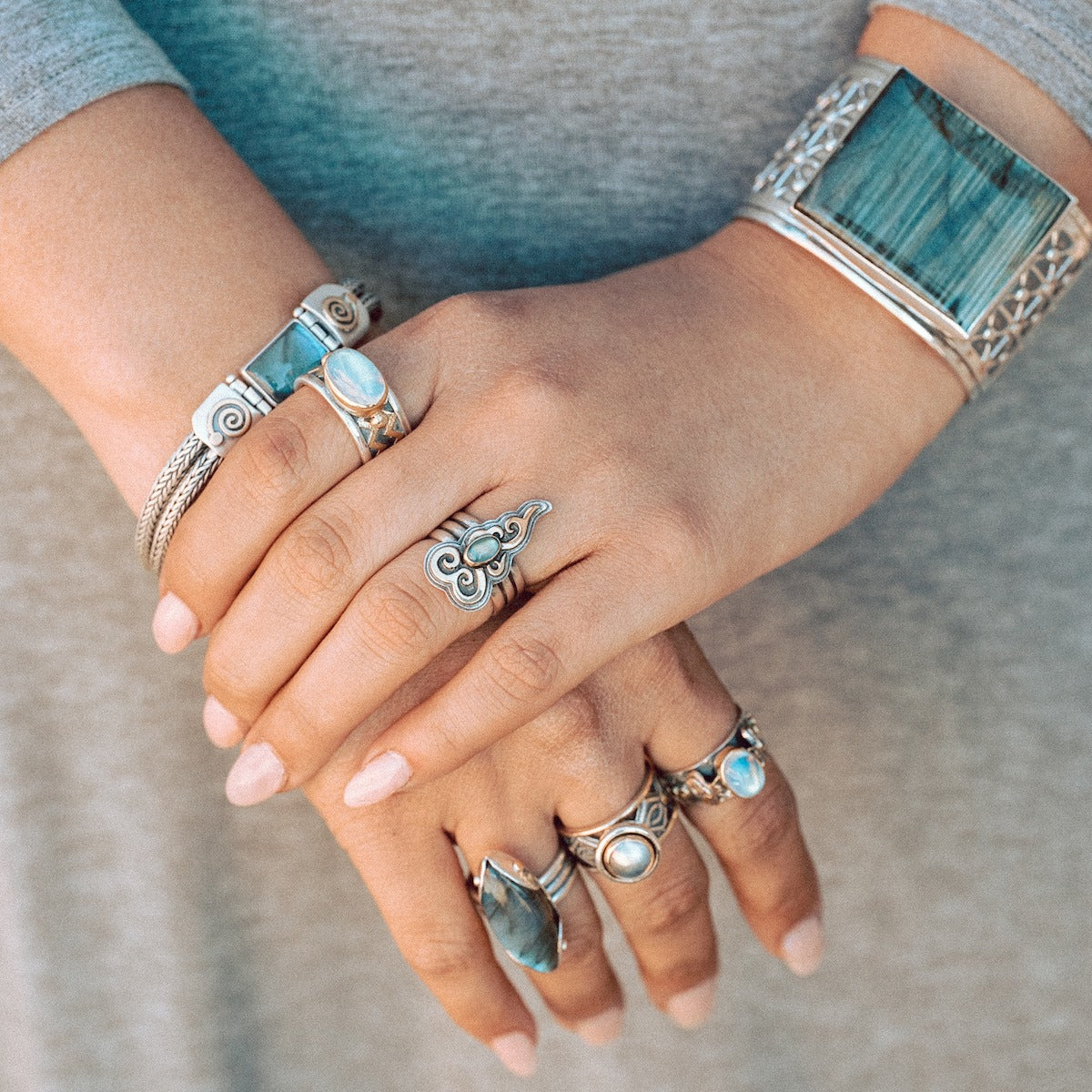November - Topaz
November - Topaz
 Topaz was one of the original gems on the Breastplate of the Second Temple, inscribed with the name of one of the twelve tribes of Israel. The name "topaz" comes from the island Topazio, which is in the Red Sea.
Topaz was one of the original gems on the Breastplate of the Second Temple, inscribed with the name of one of the twelve tribes of Israel. The name "topaz" comes from the island Topazio, which is in the Red Sea.
While many of the birthstones we know today have been changed over the millennia, topaz is one gem that is almost universally accepted as November’s birthstone. It is the gem of the zodiac sign Sagittarius—a mutable fire sign always striving on a passionate quest, full of intellectual intensity.
Topaz is also called Sunday’s gemstone, and it associated with the sun. St. John in Revelation writes that topaz was “touched by the splendor of the sun.” He lists topaz as the ninth foundation stone—each of these stones representing Christian virtue. To St. John, topaz is the clearest of all gemstones and signifies the contemplation that expands the heart and aligns men with the nine orders of angels. “The love with which contemplation burns, colors it gold,” he writes. He noted the size of the gem, (topaz crystals have been found over a foot long) and claimed that the gem was a favorite of kings.
Topaz was commonly used as an amulet of protection from the “evil eye.” The theme of topaz as a cure of eyes runs though some early Christian writing from the tenth century. St. Hildegarde claimed the gem was so brilliant that it illuminated prayers in a dark chapel. She believed that the gem was a cure of dim vision, and gave specific instructions for its use. She recommended placing a piece of topaz in white wine for three days and nights, then rubbing the eye with the wet stone before sleep—using the wine as an eye wash (Kuntz 308).
Other healing applications vary over the centuries. Powdered topaz placed in wine could cure asthma, burns, insomnia and hemorrhage. This gem was even said to cure sadness, and make a person more intelligent. Some people believed that topaz was particularly powerful if used in moonlight. Pope Clement VI and Pope Gregory II claimed that topaz could even cure the sores from the plague (Kuntz 209-210).
The orthorhombic shape of the gem, which has three accesses radiating toward each other, is said to represent radiant energy and a heavenly connection (Kuntz 331). The square shape also suggests that topaz has something to do with structure, discipline and building foundations—just consider how important squares are for building structures in architecture…
Topaz has many colors, and each would have its own influence in context to healing. Early writers seem to be speaking of clear and gold topaz. Gold is a color associated with the soul—the essential, immortal part of ourselves. Gold is radiant life energy—the color of the sun. The topaz featured in our jewelry is in the bluish range. Regardless, from the myth and lore, topaz can be used to help align with the inner light—which can be healing in itself.
Browse our Topaz Jewelry collection at https://celticjewelry.com/collections/topaz-november
Resources: George Frederick Kunz, The Curious Lore of Precious Stones, New York; Dover Publications, Inc. 1913, 1971 edition. Bruce Knuth, Gems In Myth, Legends And Lore, Parachute, Colorado, Jewelers Press, 2007.

